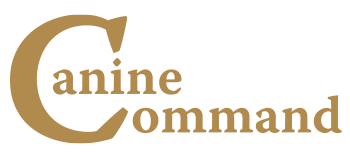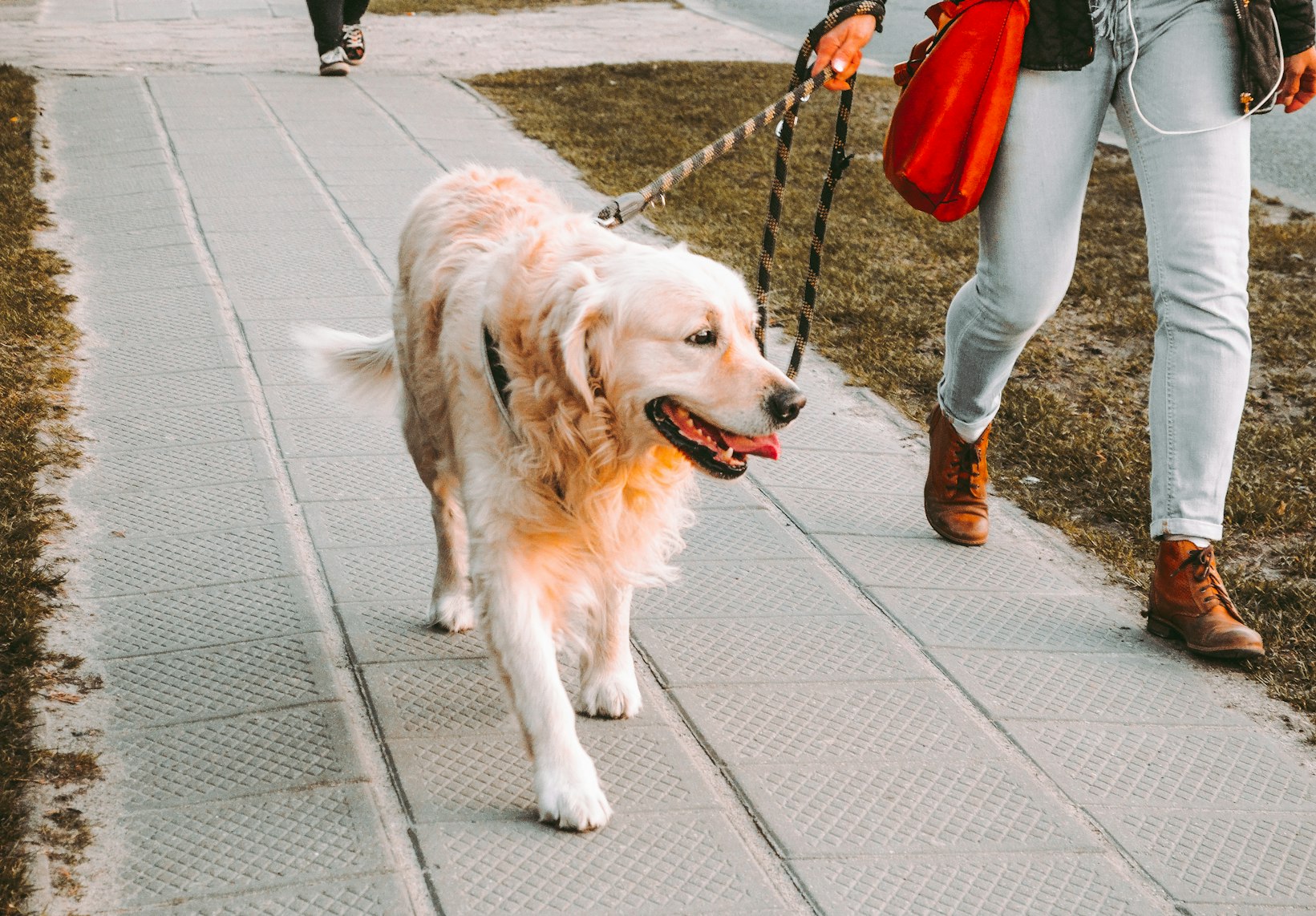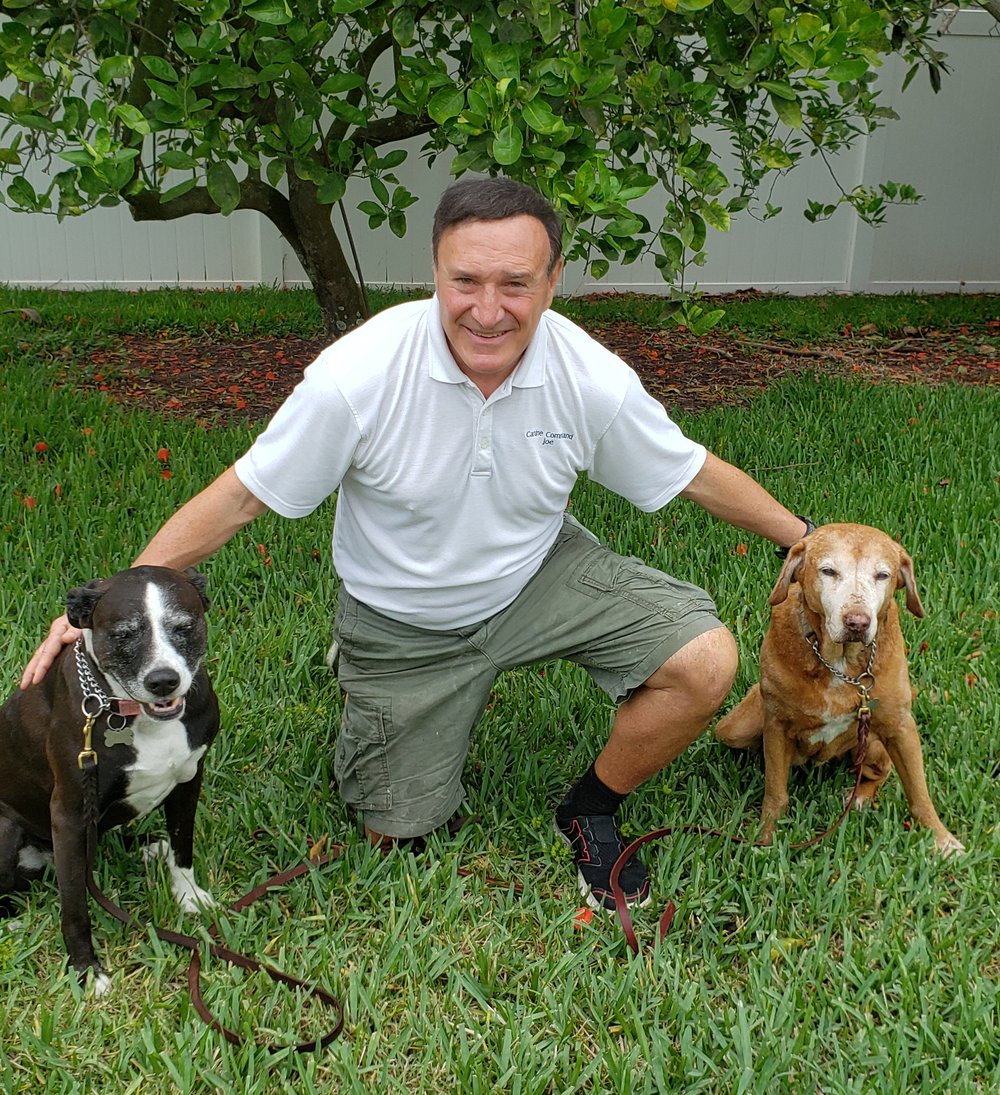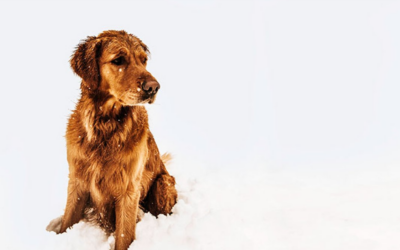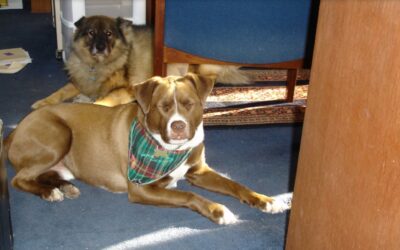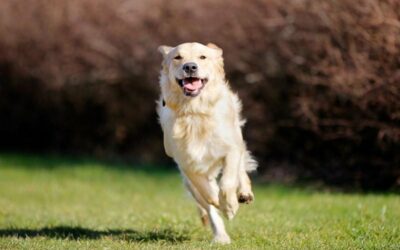We’ve all seen it, an owner hunched over his dog, being dragged back and forth as his dog pursues a scent, skateboarder and/or another dog etc. Some owners even get dragged onto the ground by their bigger dogs! This begs the question; how can we have both the owner and their dog enjoy the walk without pulling? Ideally what we want is a dog staying by our side without putting pressure on the lead.
First off, we have to show our canine that everything good happens in the loose leash walking area (LLWA) which is a 3-foot-wide circle directly to your left or right depending on which side the dog is walking. That area is where your dog gets praised, petted, and treated. That is where you play focus games with your dog i.e., name game, watch game and hand tracking. Everything wonderful happens to your dog in that area!
Second, your dog must learn the commands to keep him in the LLWA which include heel (walk with me), let’s go (speed up with me), easy (slow down with me), this way (move this way with me), come (return to me), stay (stop moving), leave it (stay away from that) as well as the marker words “good boy/girl” (keep that up you’re going to get rewarded) and eh, eh (stop that or you’re going to get corrected).
Third, owners need to use the right equipment. A 6-foot leather lead is best since it gives you maximum control while still giving your dog a comfortable amount of room to walk. Flexi leads do not provide any control over the walk and teach your dog that pulling pays off. For puller’s, I like using the Easy Walk Harness by Pet Safe. The lead attachment occurs at the chest taking all the pressure off the neck. Most harnesses have the lead attachment at the shoulder blades which induces a push pull reflex actually encouraging pulling. The Easy Walk Harness also incorporates a Martingale device which discourages pulling! Finally, owners should utilize a good treat bag like the Pet Safe Sport Treat Pouch which hinges open so you can reward quickly while playing focus games with your dog to keep him close to you.
Fourth, owners should practice good leash technique- the loop side of the leash should be grasped in the hand furthest from the dog between your thumb and index finger. Do not wrap the leash around your wrist which could cause injury. Take-up excess slack by looping it in that hand. Your opposite hand should hold the leash firmly but with enough slack to keep the leash loose while healing your dog. Remember your dog feels what you’re feeling through the leash so hold your left arm relaxed against your body to avoid “hanging” your dog.
Fifth, decide what type of walk you want to do. If you’re doing an exercise walk or a walk to get from A to B quickly, you want to keep a brisk pace and do an occasional stop while you cue your dog to “go potty” or “go sniff.” Other times you’ll do scent walks where you let your dog take the lead and simply sniff along your route as long as she isn’t pulling. Finally, there are off lead walks where you allow your dog to explore her environment. Caution- this type of dog must be highly trained and consistently respond to your come and other commands being mindful of community leash rules and other people and dogs!
